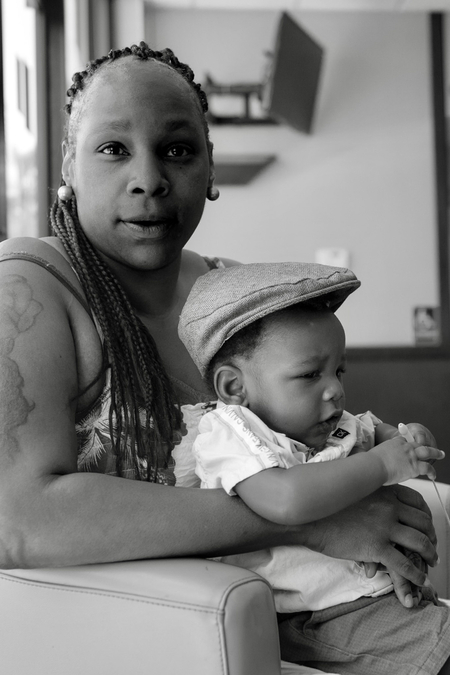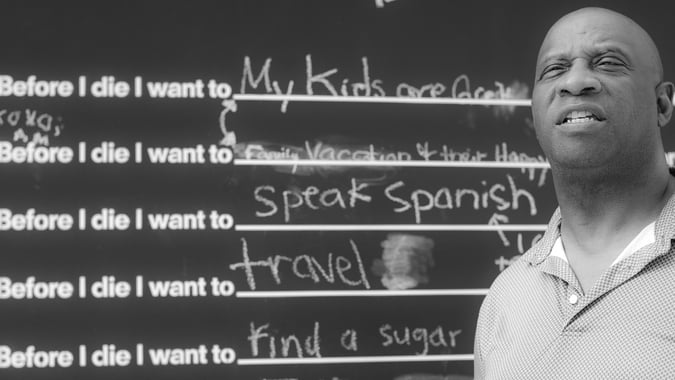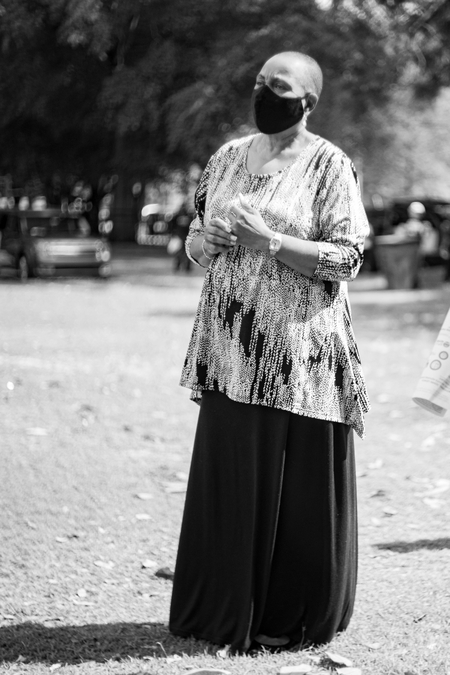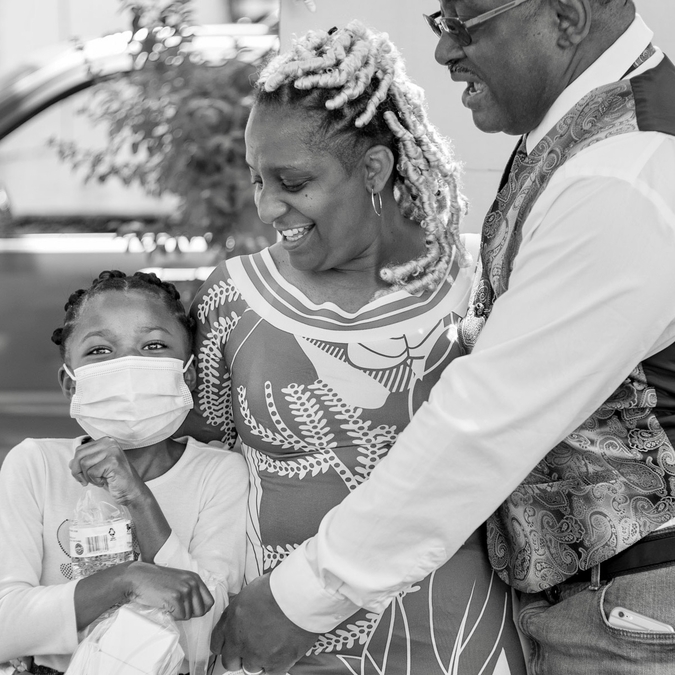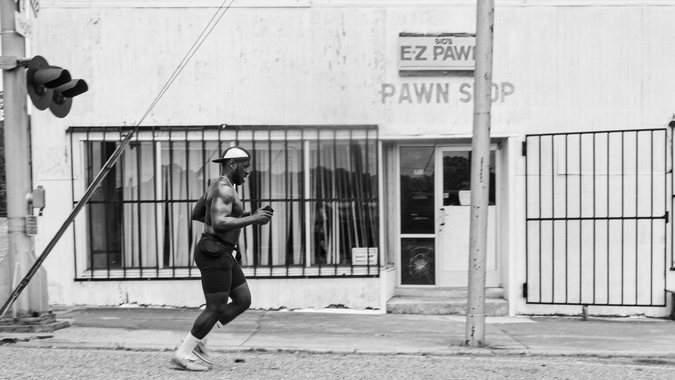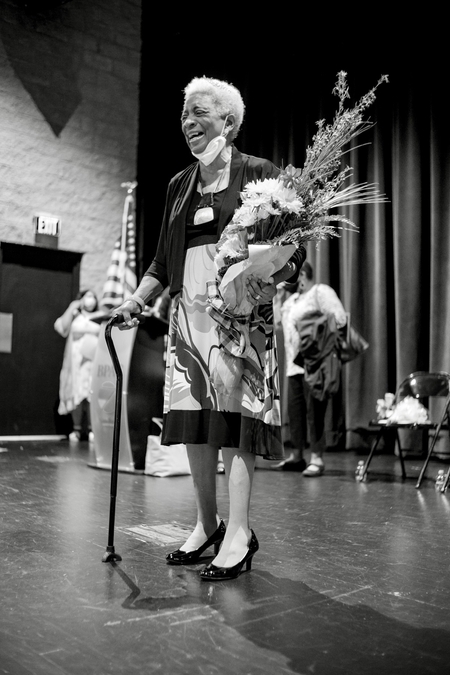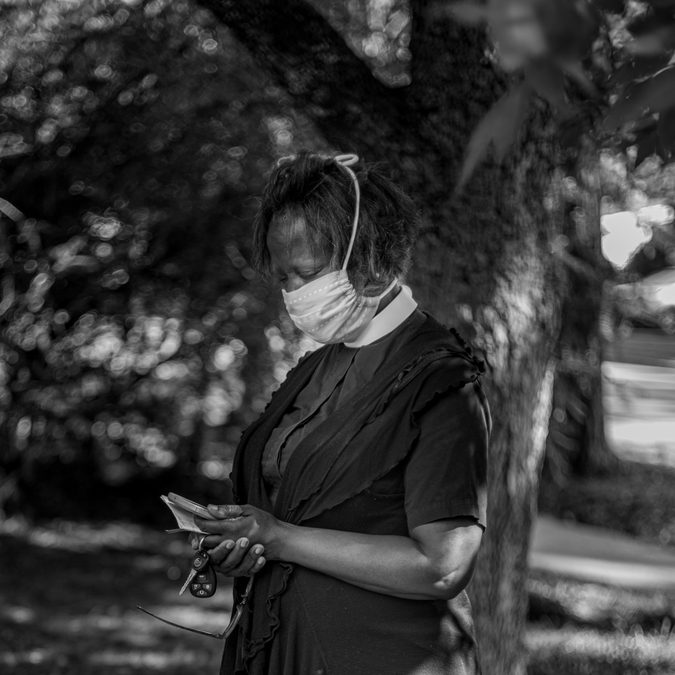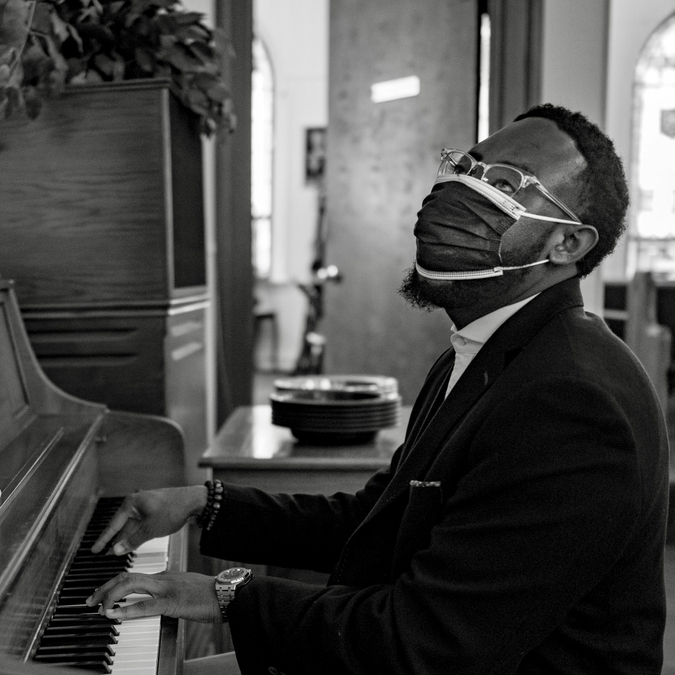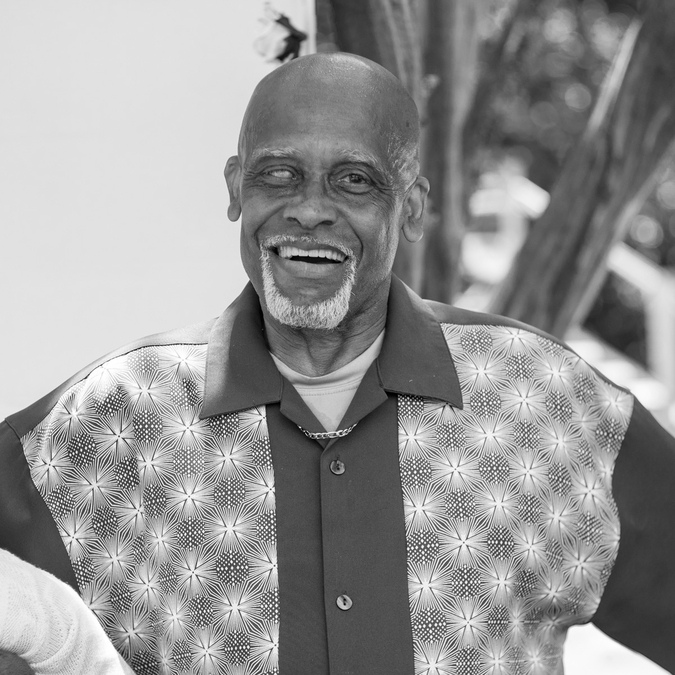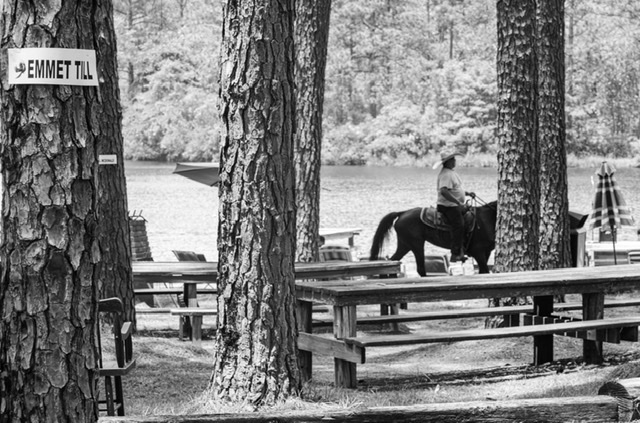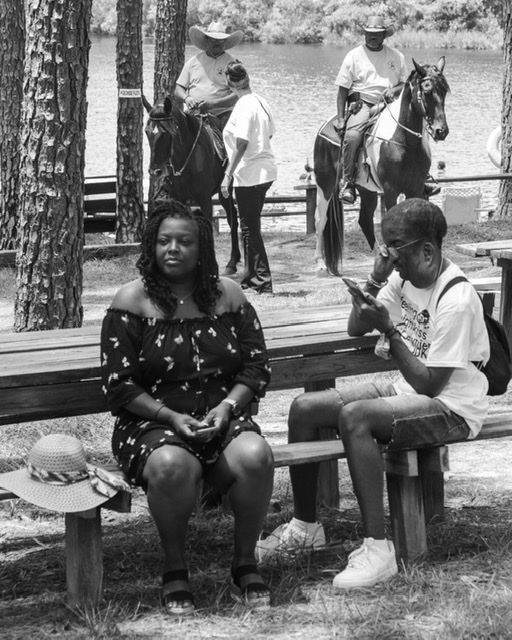This morning I published on Facebook and Instagram the last installment of 365+ photographs in the slideshow of this project, and accompanied them with the afterword below.
I’ll keep posting images from the project in the gallery, and will post those here from time to time, and once I settle on the next stages of publication—dedicated website, books of different formats/girths—I’ll announce those here as well.
Thanks to the community of RFF for the various ways that the examples of its mentors, colleagues, friends made this project possible.
——————————
Juneteenth began 156 years ago, two years after an emancipatory gesture affirming the radical premise of American equality declared 90 years earlier. Mere numbers can numb, like a schoolchild faced, for the first time, with subtracting 1619 from 2021 with zero understanding of how many deaths and how much sheer perseverance are contained in the difference.
Forever belated in history, Juneteenth’s promise of liberation arrives one enlightened heart at a time in the season of longest light. Those who think of it as peculiar to Texas should consider, these millennia later, whether Jesus was confined to a few heroic moments in Galilee. African America may still be going through martyrdom and witness, like early Christianity on distant continents, but Juneteenth affirms permission and potential, possibility and promise of an everlasting freedom.
Freedom to do what? Freedom to liberate and be liberated. Once you have known this, body and soul, it is no abstract conundrum. It is fundamental and clear as breathing, smiling, singing, praying, lovingkindness without borders, unconfined by fear, unshackled from malignancies of control and domination. Juneteenth is a good neighbor to the Fourth of July, and supplies what the Fourth so long lacked, equal freedom for all. (For remedial reading, see the Frederick Douglass 1852 speech “What, to the American Slave, is the Fourth of July?”)
These are the last of nearly 400 photographs in a yearlong project of meditation on Juneteenth that began in mourning and witness at the funeral of George Floyd in Raeford, North Carolina, yet culminated in the long deferred, largely symbolic, but still meaningful vote to affirm Juneteenth as a federal holiday. A few hours before this news broke, I had turned in my grant report on this project to NCArts. The synchronicity was delicious, for though my role is infinitesimal its timing could not have been better.
I wish to thank Chris Dunn of the Arts Council of Moore County on behalf of NCArts for supporting my work. I have been immeasurably enriched by the dozens of talents, leaders, ministers, and activists who welcomed me and my cameras into their neighborhoods, businesses, churches, organizations, and events in and around the Carolina Sandhills, and I though I mostly respect their privacy here—in this medium where social and political turmoil can triangulate with personal identity with irreparable consequences for the latter—, I will acknowledge them once I settle on the next stage of publishing the project; without their faces and names, their acts and beliefs, their exemplary devotion to justice and non-violence and mercy, the project was nothing but an aging man’s pale dream of redemption. To all I photographed, thank you for letting me see you as you were, as you are, and as I hope we all may be.
